Dionysi is a village located in the Municipality of Gortyna, within the Heraklion regional unit on the island of Crete, Greece. It sits at the northern foothills of the Asterousia Mountains and is approximately 56.5 kilometers west of Heraklion.
The village’s primary economic activities are olive cultivation and cereal farming. It is named after its patron saint, Agios Dionysios, whose feast day on October 3rd is celebrated with a large festival. Other churches in the village include those dedicated to the Annunciation and Saint George. Dionysi also has a primary school.
Historical References
Dionysi’s recorded history begins in the Venetian era, with its first documented mention in the Kastrofilakas (census) of 1583, where it appears under the name “Dionissi” with a population of 187. Notably, during the Ottoman occupation of Crete, the village was exclusively inhabited by Turks, as evidenced by the 1881 census, which recorded 163 Turkish residents. This demographic shift likely reflects broader patterns of population movement and settlement during the Ottoman period.
Location
Situated in the northern foothills of the Asterousia Mountains, Dionysi enjoys a picturesque setting at an altitude of 250 meters. This location offers a blend of accessibility and seclusion, with views of both the rugged mountain terrain and the fertile plains below. The village falls within the Heraklion regional unit and is part of the Gortyna municipality, specifically the Kofinas municipal unit. Its proximity to the village of Charakas (8.4 kilometers) further connects it to the surrounding communities.
Historical Significance
Dionysi’s historical significance lies in its connection to the broader narrative of Crete’s complex past. The village’s name, believed to be derived from Saint Dionysius, reflects the enduring influence of religious traditions in shaping the community’s identity. The presence of a predominantly Turkish population during the Ottoman period highlights the island’s multicultural history and the interplay of different cultural and religious influences.
Population Data Over the Years
Year |
Population |
|---|---|
1583 |
187 |
1881 |
163 |
2011 |
139 |
Starting with 187 inhabitants in 1583, the village’s population shifted towards a Turkish majority during the Ottoman era, reaching 163 Turkish residents in 1881. The 2011 census recorded a total population of 139 for the entire Dionysi community, which includes the village of Panagia. Current estimates suggest a combined population of 360 for the community, with 221 residing in Panagia and the remaining 139 in Dionysi.
Current Status
Today, Dionysi remains a small village with a population primarily engaged in agriculture. The cultivation of olives and cereals, supported by the favorable conditions in the foothills, forms the backbone of the local economy. The village also maintains its strong connection to religious traditions, with the church of Saint Dionysius serving as a focal point for the community. The annual festival in honor of the saint, celebrated on October 3rd, attracts visitors from neighboring villages and showcases the vibrant cultural life of Dionysi. Dionysi also has a functioning elementary school, providing education to the local children.
Village Key Points
- Historical References: The village is first mentioned in 1583 under the name “Dionissi” with a population of 187 inhabitants. During the Ottoman occupation, it was exclusively inhabited by Turks. In 1881, it had 163 Turkish residents.
- Location: Northern foothills of the Asterousia Mountains, in the Heraklion regional unit, Crete.
- Historical Significance: The village’s name is believed to be derived from Saint Dionysius, reflecting the strong religious connection of its inhabitants. During the Ottoman period, it was a predominantly Turkish settlement.
- Current Status: Dionysi is a small village with a population primarily engaged in agriculture, particularly olive and cereal cultivation. It serves as the administrative center for the Dionysi community, which also includes the village of Panagia.
Access
Dionysi is 19.1 kilometers away from the town Zaros and 4.5 kilometers away from Asimi













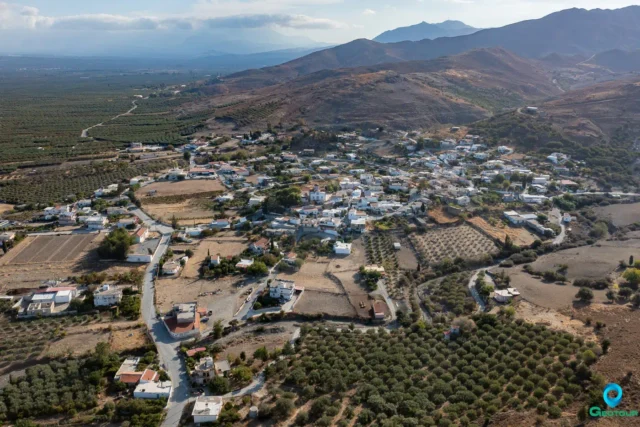




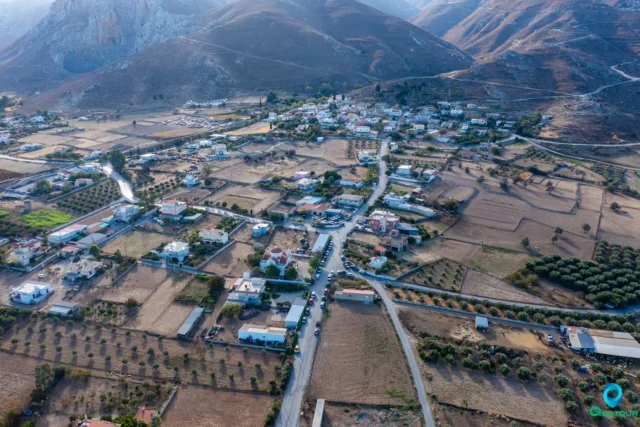

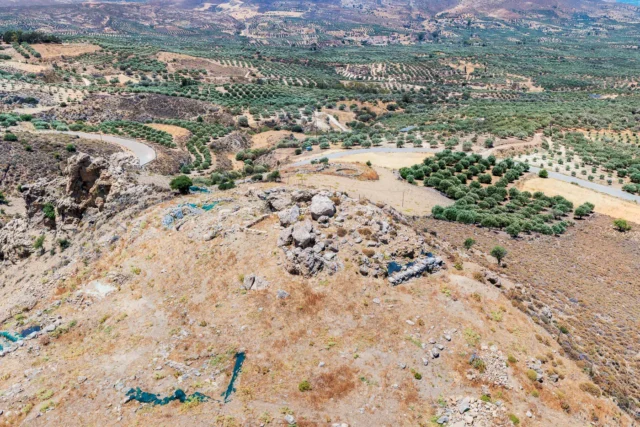
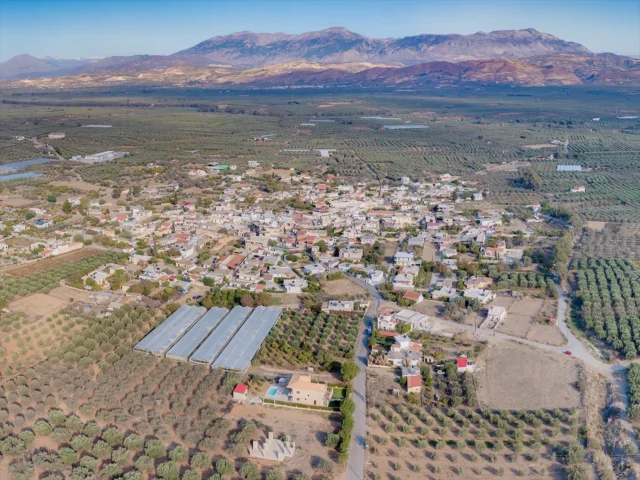
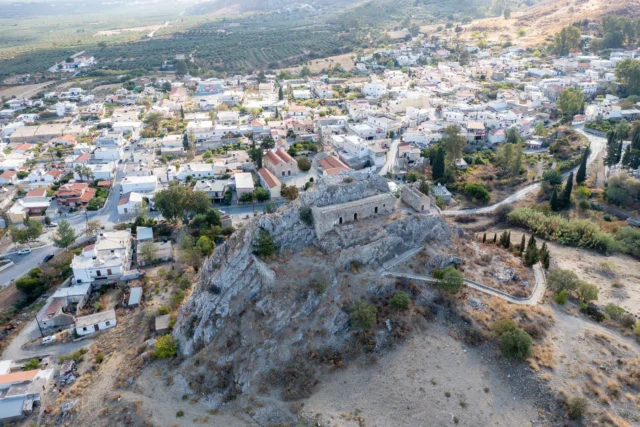

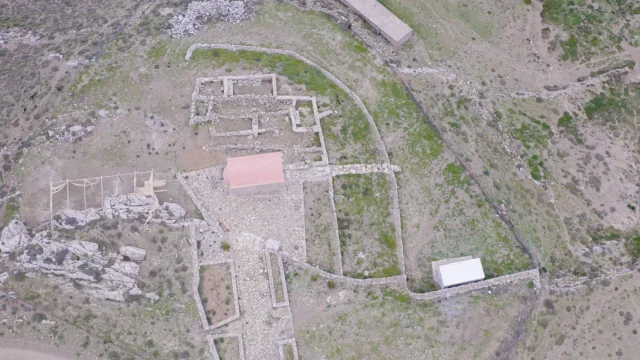
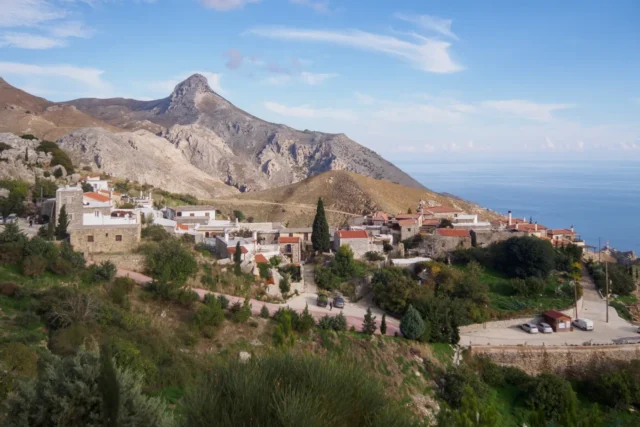
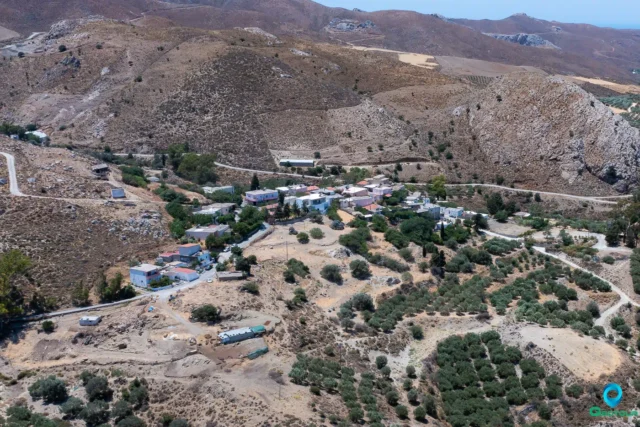
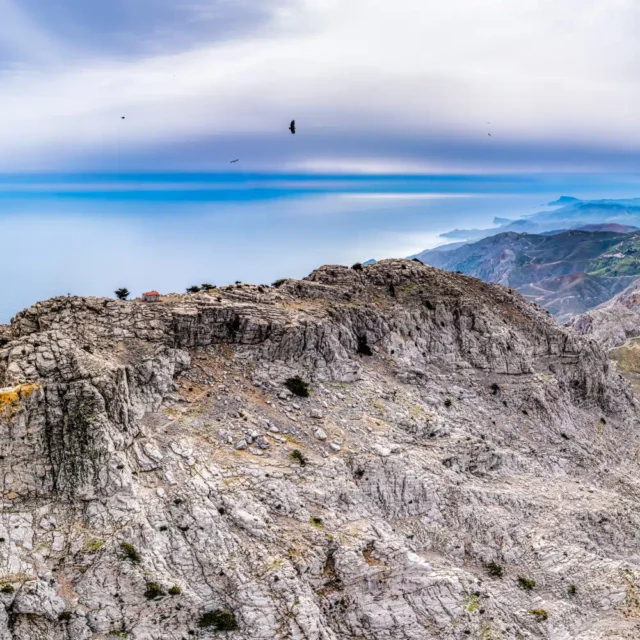
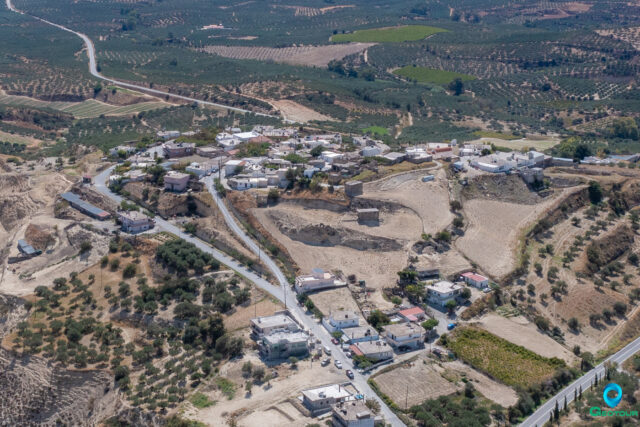
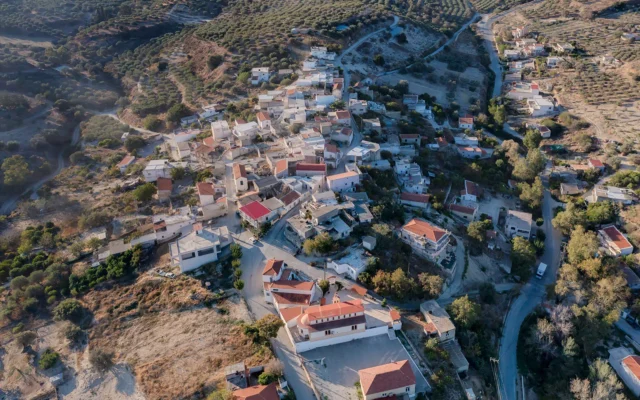

There are no comments yet.